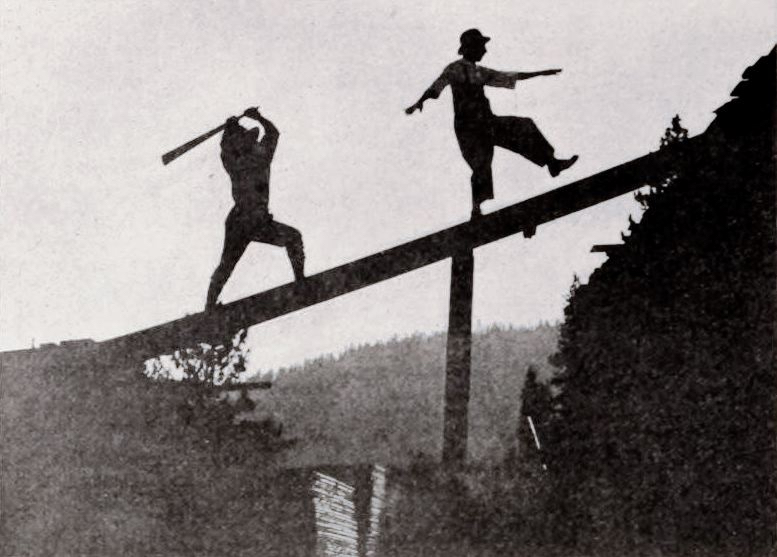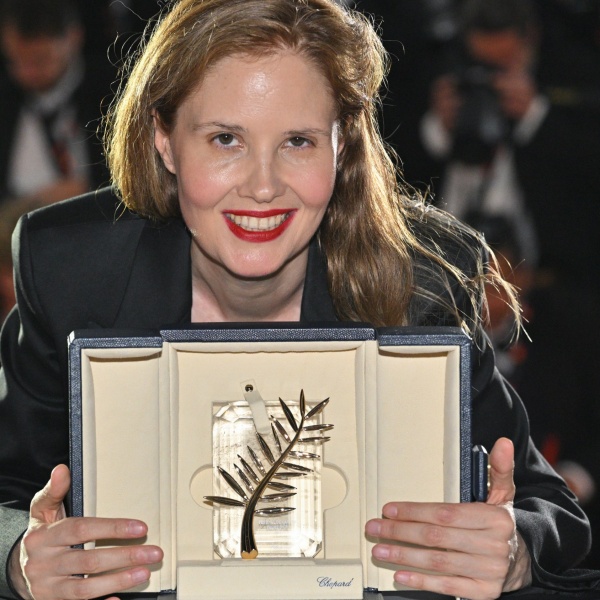The conventional wisdom when it comes to the early days of cinema is that five major studios — Paramount, Fox, Universal, MGM, and Warner Bros. — were responsible for key innovations of Hollywood filmmaking, such as the star system, the birth of the feature film, and the creation of nationwide and international distribution networks. In fact, the now largely forgotten Vitagraph Studios did all of these things before the five majors even existed, but the company’s ultimate demise and sale to Warner Bros. in 1925 (where it was renamed Vitaphone and created as an independent unit to produce early sound shorts) led to its near erasure from mainstream film history.
While intrepid souls like film historians Andrew A. Erish and Anthony Slide have tried to raise and sustain awareness of Vitagraph’s contributions, their efforts have often been impeded by the scarcity of the films themselves — even for those of us interested in Vitagraph’s output, their releases have been maddeningly difficult to access. That situation has now been partially rectified by the release of “Vitagraph Comedies,” an indispensable Blu-ray collection featuring over nine hours of shorts with contextualizing audio commentaries for every film by Slide. Spanning the years 1907-1922, the set contains one major discovery after another, revealing a whole generation of American comedy stars who predated or existed concurrently with the more well-known Charlie Chaplin, Harold Lloyd, and Buster Keaton.
That the movies exist at all is due to the tireless efforts of archivists and historians at the Library of Congress, who have programmed the new collection based on their holdings. Moving image curator Rob Stone began by going through the library’s archives and pulling everything labeled as a Vitagraph comedy; the films were then handed off to preservation specialist Lynne Schweighofer and nitrate film vault leader George Willeman, who were tasked with digitally scanning and reconstructing the materials — no simple task given the rough shape many of the films were in, some of them in now obsolete formats like 28mm. Many of the library’s holdings were in severe states of decay, leading to a worldwide search for supplementary materials from archives like the British Film Institute, UCLA, and the EYE Film Institute in Holland. In some cases, masters were assembled from multiple sources across a wide range of formats — one movie is comprised of 35mm nitrate, 16mm, and VHS elements.
One of the fun things about the “Vitagraph Comedies” collection is the breadth of styles on display; right from the beginning, the studio clearly trafficked in both the lowbrow physical comedy one often associates with the era and in more sophisticated social satire, and both forms are generously represented on the Blu-ray — as are films like “The Disintegrated Convict,” an example of filmmakers cleverly experimenting with practical and optical effects as early as 1907. There are also films showcasing important early comics like John Bunny, Frank Daniels, and the gifted physical comedienne Edith Storey. While some of these movies have more historical than entertainment value, Storey’s films (“Jane Was Worth It,” “Jane’s Bashful Hero”) have aged beautifully and are still hilarious — and that they exist at all is a small miracle, since many of the materials at both the Library of Congress and the George Eastman House were decomposing but yielded new watchable copies when their best elements were combined.

One of the most influential comedy teams featured on “Vitagraph Comedies” is Mr. and Mrs. Sidney Drew, a couple comprised of Sidney Drew and Lucille McVey whose films are more character-driven and mature than the slapstick Keystone comedies that were popular at the time. (Fun fact: Sidney Drew was Drew Barrymore’s great-granduncle.) As film historian Rob Farr has noted in his book on the couple, Mr. and Mrs. Sidney Drew’s farces revolving around marital misunderstandings and playful pranks look forward to popular forms in later radio and television sitcoms; “I Love Lucy” may get all the credit, but Mr. and Mrs. Sidney Drew were there first.
While the Drew films were aimed at fairly sophisticated audiences, the powers that be at Vitagraph eventually decided that the studio needed to compete with the broad “Keystone Kops” comedies that were burning up the box office, so they brought in physical comedian Jimmy Aubrey and director Larry Semon, who specialized in large scale comic brawls and chases. Semon’s ambitious comedy spectacles like “The Bell Hop” and “The Sawmill” are among the Vitagraph Comedies set’s greatest pleasures and most startling discoveries, movies that show just how far the world of silent comedy goes beyond the usual suspects. That’s true of the collection as a whole, which serves as a reminder of the vital function institutions like the Library of Congress serve in preserving our film heritage and provides a priceless opportunity to see their work in action.
Vitagraph Comedies is currently available on Blu-ray from Kino Lorber.







